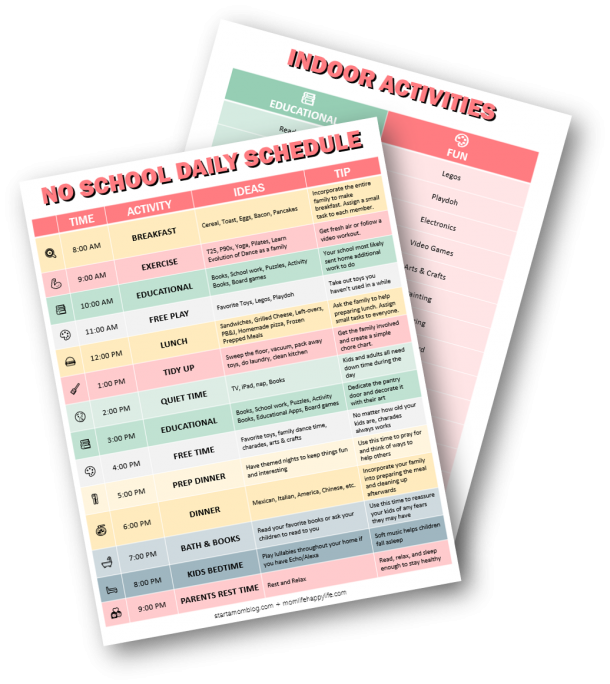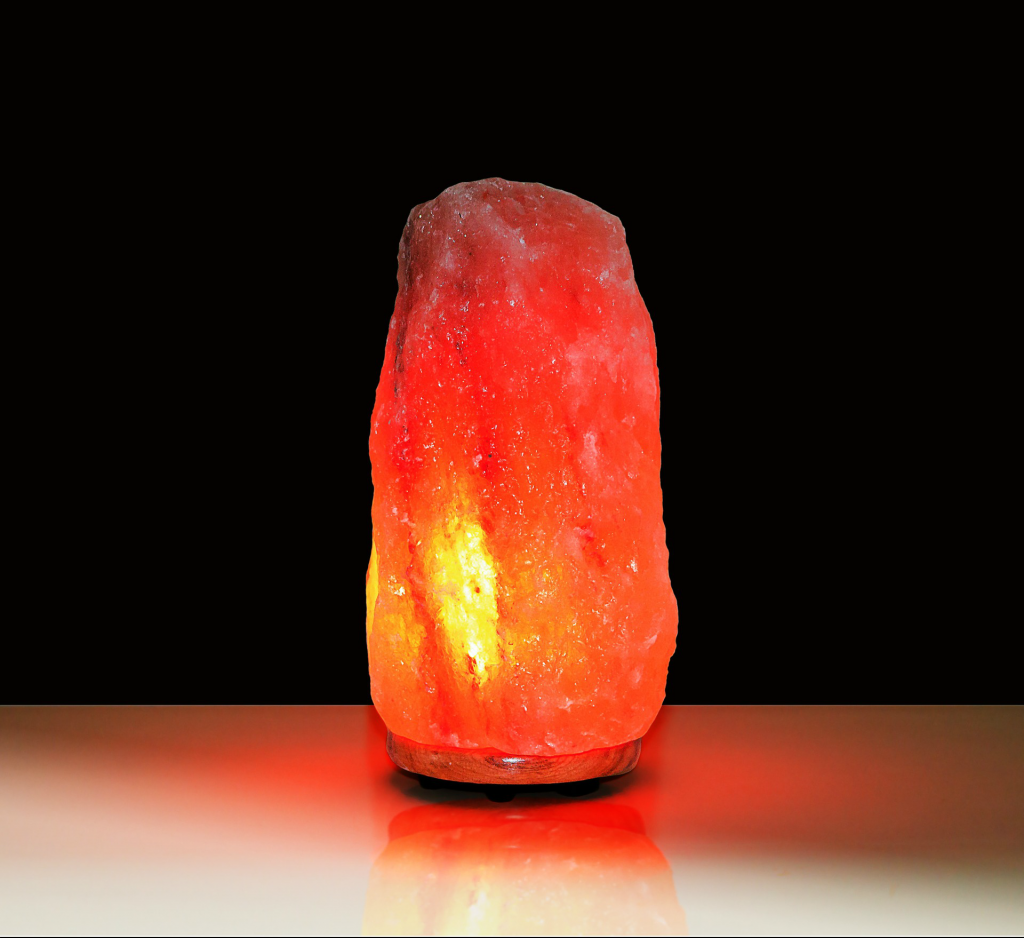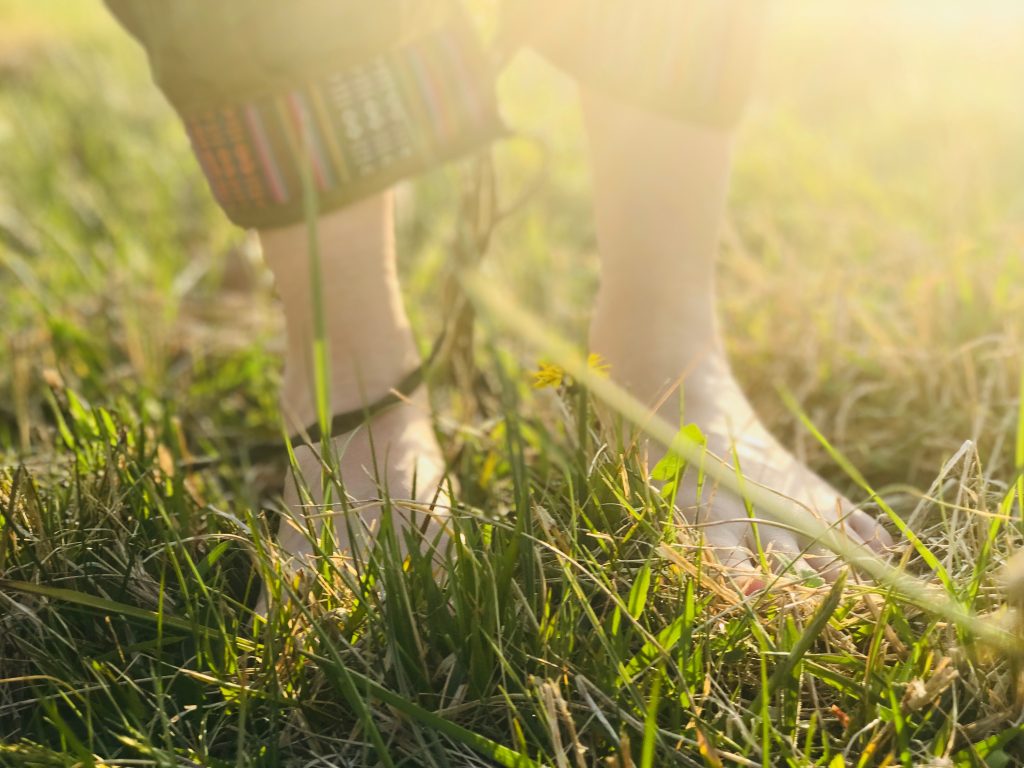Sleep is one of the most important health factors, secondary only to diet and exercise. Sleep apnea can lead to chronic, even life threatening, conditions. This blog will highlight the dangers of sleep apnea and the treatments that can save your life.
What is sleep apnea?
Sleep apnea is one form of “sleep disordered breathing” (SDB). The term “apnea” means that there has been a pause or cessation of breathing. Therefore, “sleep apnea” is a cessation of breathing while asleep.
This pause in breathing is usually considered sleep apnea when the pause occurs for 10 seconds or more and occurs repeatedly throughout the duration of sleep. There can be as many as 30 apneic events per hour.
Types of sleep apnea
Obstructive sleep apnea (OSA) occurs because the muscles in the back of the throat do not maintain an open airway while a person is sleeping. This is the most common type of sleep apnea.
To see what happens to someone with obstructive sleep apnea during sleep watch this animated video.
Conversely, central sleep apnea occurs when the brain inadequately controls breathing when asleep. This condition usually affects people who have had a stroke, brain infection, severe obesity, or take certain medications like narcotic pain medication. This blog focuses on OSA, not this type of apnea, but the dangers of central sleep apnea to one’s health are just as important.
Lastly, there is mixed apnea, which as the name implies, is a combination of OSA and central sleep apnea.
All forms of sleep apnea can prevent a person from getting restful sleep, can cause low levels of oxygen saturation in the blood and a drop in heart rate while asleep. Due to this, significant health problems can occur.

How common is sleep apnea?
According to the Sleep Foundation, 18 million adults in the United States suffer with sleep apnea. It is difficult to determine the amount of children with sleep apnea, but estimates are anywhere from 2% to 20%. The truth of the matter is, sleep apnea affects people regardless of age or gender.
What are the main causes of OSA?
The following risk factors can cause OSA:
- Obesity/being overweight
- Large neck size (16 inches for women)
- Structural anomalies such as large tonsils, uvula, small jaw, large overbite, etc.
- Middle age (~40 years old)
- Alcohol or drug use
- Ethnicity (African-Americans, Pacific-Islanders and Hispanics are at higher risk)
- Genetics (may run in families)
- While OSA occurs more frequently in men, women have an increased risk after menopause
What are the symptoms of OSA?
The symptoms of sleep apnea often mirror the symptoms of the secondary illnesses caused or exacerbated by the sleep apnea. They include:
- Chronic, loud snoring
- Not all people who snore have sleep apnea, but most of those with sleep apnea snore.
- People with sleep apnea often are unaware that they snore or have pauses in breathing. It is usually reported by a sleep partner.
- Fatigue/sleeplessness
- Falling asleep while at work, on the phone, or driving
- Difficulty concentrating, dementia, learning and memory difficulties
- Depression, irritability
- Sexual dysfunction
- Morning headaches
- Insomnia or waking often at night to urinate

What conditions are secondary to OSA if left untreated?
Below are several health conditions that illustrate the dangers of sleep apnea:
Heart Disease
- Heart attack
- Congestive heart failure (75% of patient have SDB)
- Cardiac arrhythmias
- Stroke (75% of patients have some type of SDB)
High Blood Pressure
40% of patients with hypertension have OSA. If the hypertension is not well controlled with medications, that percentage of patients with OSA goes up to 80%.
Type II Diabetes
OSA is associated with insulin resistance and glucose intolerance; thus, increasing a person’s risk for developing diabetes or worsening diabetes when it already exists.
Mood Disorders/Mental Health Issues
- Depression
- Anxiety
- Irritability
Cognitive Problems
- Memory difficulties, forgetfulness, inability to concentrate
- Trouble learning
- “Brain fog”
- Dementia
Chronic Obstructive Pulmonary Disease (COPD)
Sometimes a person can have an “overlap syndrome” where they have both OSA and COPD. These patients are at a much higher risk for more significant drops in oxygen levels while they sleep. People with both OSA and COPD are at a higher risk of death or serious health risks than people with just one of these conditions.
Cancer
Studies have shown that people with OSA and cancer may have an increased risk of death, and the link may be stronger in women. OSA does not cause cancer, as far as we know right now, but it appears to cause increased growth of tumors already present in the body and increases a person’s risk of developing cancer. Scientist say this research is new and there is no cause for alarm. More studies are needed.
Safety Risks
- Excessive sleepiness when driving can lead to automobile accidents
- Falling asleep at work can lead to work-related accidents (especially dangerous if operating heavy equipment)
Assess your risk of OSA here
How is sleep apnea diagnosed?

If you think you may have sleep apnea, it is important to see your doctor right away. 93% of women and 82% of men with moderate to severe OSA are undiagnosed. To get a diagnosis of sleep apnea, you will likely need a referral to a sleep physician. Be prepared for the appointment by bringing the following:
- Sleep diary
- Fatigue levels each day
- List of symptoms
- Ask your sleep partner if they ever hear you snore, snort or gasp for air while sleeping
- A list of health conditions you have been diagnosed with
- Complete list of medications (prescribed and over-the-counter-including herbal therapies)
The sleep physician will determine your risk and decide if a sleep study is necessary to diagnose sleep apnea. There are two types of sleep studies currently available. One is to go to a sleep center or lab. The other is to wear a sleep apnea device at home.
Sign up below for my freebie! Its a checklist to print & take with you to your sleep doctor appointment.

Sleep Study Types
Both types of sleep studies are designed to monitor a person’s level of sleep, eye movement, heart rate, respiratory rate and effort, muscle activity, and the level of oxygen in the blood. This test is used both to diagnose sleep apnea and to determine the severity. Sleep studies can also diagnose other conditions besides sleep apnea.
Home Sleep Studies
Home sleep studies have pros and cons. They are more easily available for most people and they are much less expensive. Home sleep studies are often available more quickly than a lab sleep study and the results are sometimes much faster as well. If your home sleep study is inconclusive, or another disorder is suspected, a sleep study at a sleep lab may be needed.
My Home Sleep Test
I had a home sleep study with SleepMed’s Apnea Risk Evaluation System (ARES). It was comfortable to wear, and I did not have any trouble sleeping with it on. I did have a little trouble falling asleep, but that is nothing new for me. I wore it for two consecutive nights, then I returned the device to my sleep physician. My results were given to me one week after the study. I was diagnosed with sleep apnea and will be starting use of a CPAP with a small nasal mask.

Sleep Lab Tests
Sleep labs are often located in hospitals or stand alone sleep facilities. The room is created with sleep in mind, so it is dark and meant to be comfortable. You will be asked to arrive a few hours before bedtime and bring any comfort items you will need from home, including pajamas.
Before going to sleep, you will be connected to sensors and electrodes on your head and body. A sleep technologist will monitor you and the sensors while you sleep. It is important to know that you should be able to sleep comfortably, but if not, a full night’s sleep is not needed. As long as you are able to sleep for several hours, the information needed to make a diagnosis will be adequate from your sleep study.
What to NOT do before a sleep study!
- Do not take a nap the day of the sleep study, no matter how tired you may be
- Shower and wash your hair prior to the sleep study; however, do not apply any lotions or creams to your hair or body.
- Avoid caffeine a few hours prior to the test.
- Do not drink alcohol.
What Are the Latest Treatments Available for OSA?
Unfortunately, there is no cure for OSA; however, there are various treatments available. The goal of treatment is to maintain an open airway while asleep. The gold standard is still the Continuous Positive Airway Pressure device, but even these have gotten significantly better with technological advances.
Continuous Positive Airway Pressure Device (CPAP)
If prescribed a CPAP device, you will wear a mask that either fits over your nose, or nose and mouth, while asleep. The mask is connected to tubes, which connect to a pump that will sit beside your bed. The pump pushes air through the tube, into the mask, causing pressure that will help to keep your airway open. The open airway stops the pauses in breathing.
A CPAP can take some getting used to. Work with your doctor or respiratory therapist to overcome the challenges of wearing a CPAP. For example, you may use distilled water in the machine to humidify the air, which should help to prevent the air from drying out your sinuses.
It is extremely important that you wear your CPAP EVERY TIME you sleep.

Dental appliances
Used to reposition the tongue and lower jaw to keep the airway open during sleep. Again, to keep the airway open is the goal, preventing the apea.
Surgery
While often the last resort, surgery is only used when other treatments did not work and symptoms are severe. Surgery carries significant risks and may not ultimately cure or treat the sleep apnea effectively.
Types of available surgeries include:
- Remove extra tissue in the upper airway, tonsils and/or adenoids
- Fix structural problems of the face or upper airway
- Create an opening in the trachea to bypass the obstructed airway
- Implant a hyoglossal nerve stimulator
- A stimulator implanted in the patient’s chest. Leads from the stimulator are connected to the hypoglossal nerve and a breathing sensor that controls tongue movement to maintain an open airway when the the sensor determines inadequate breathing patterns during sleep.
Nasal expiratory positive airway pressure
A disposable valve, which is used to cover the nostrils.
Lifestyle Changes
Reduce caffeine use
Avoid alcohol or medications that affect sleepiness prior to bedtime
Quit smoking
Lose weight
Sometimes your sleep position can affect the severity of your sleep apnea. Side lying positions are better than sleeping on your back. Structurally, the airway is less likely to collapse if you are lying on your side.
The Last Thing You Need to Know About the Dangers of Sleep Apnea
Can you die in your sleep from sleep apnea?
In short, yes you can die from OSA. You can die in your sleep, or die while awake from a health condition either caused by or exacerbated by the sleep apnea. This is the biggest danger of sleep apnea.
Lead author Apoor Gami, M.D., says Mayo Clinic’s previous research showed that people with sleep apnea have a much higher risk of sudden cardiac death between midnight and 6 a.m., when people are typically asleep, while people without sleep apnea die more often from sudden cardiac death between 6 a.m. and noon.
According to a different study at the University of Wisconsin-Madison, “We found that both men and women with sleep apnea in the general population – not patients – mostly undiagnosed and untreated, had poorer survival compared with persons without sleep apnea, given equal BMI, age and sex,” said Terry Young, PhD, professor of epidemiology at the University of Wisconsin-Madison.
In closing, the dangers of sleep apnea are much more serious than most people realize. I am thankful to my endocrinologist who suggested that I see a sleep doctor because of my complaints. I am hopeful that treatment with the CPAP will help my high blood pressure, cognitive problems, morning headaches, and help me gain better control of my diabetes.
What celebrities have sleep apnea?
These celebrities learned the dangers of sleep apnea and got help for it.
Just for fun, I thought some of these stories from celebrities about their experiences with sleep apnea were interesting and echoes the information provided above.
Shaquille O’Neal
His girlfriend, at the time, raised concerns when she heard his loud snoring and problems sleeping. After seeking treatment and getting a diagnosis, Shaq wore a CPAP every time he slept and stated he noticed a huge difference right away. He went on to bring awareness to the dangers of sleep apnea. His campaign was named “Shaq Attacks Sleep Apnea”.
Ryan Jensen
Ryan, a linebacker with the Tampa Bay Buccaneers” credits his diagnosis and CPAP for saving his life and his career.
Reggie White
Reportedly, he died of complications from sleep apnea.
Roseanne Barr
Roseanne was diagnosed because her husband reported her loud snoring. She was diagnosed and her doctor recommended she use a CPAP as well.
Rosie O’Donnell
She aired her sleep study results live on television and was blown away that she stopped breathing up to 200 times and had pauses for as long as 40 seconds. She also shares that her CPAP has helped her tremendously and is life-changing.
Did you sign up for the freebie yet?Sign up below for my freebie! Its a checklist to print & take with you to your sleep doctor appointment.




